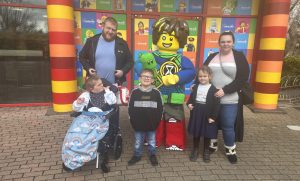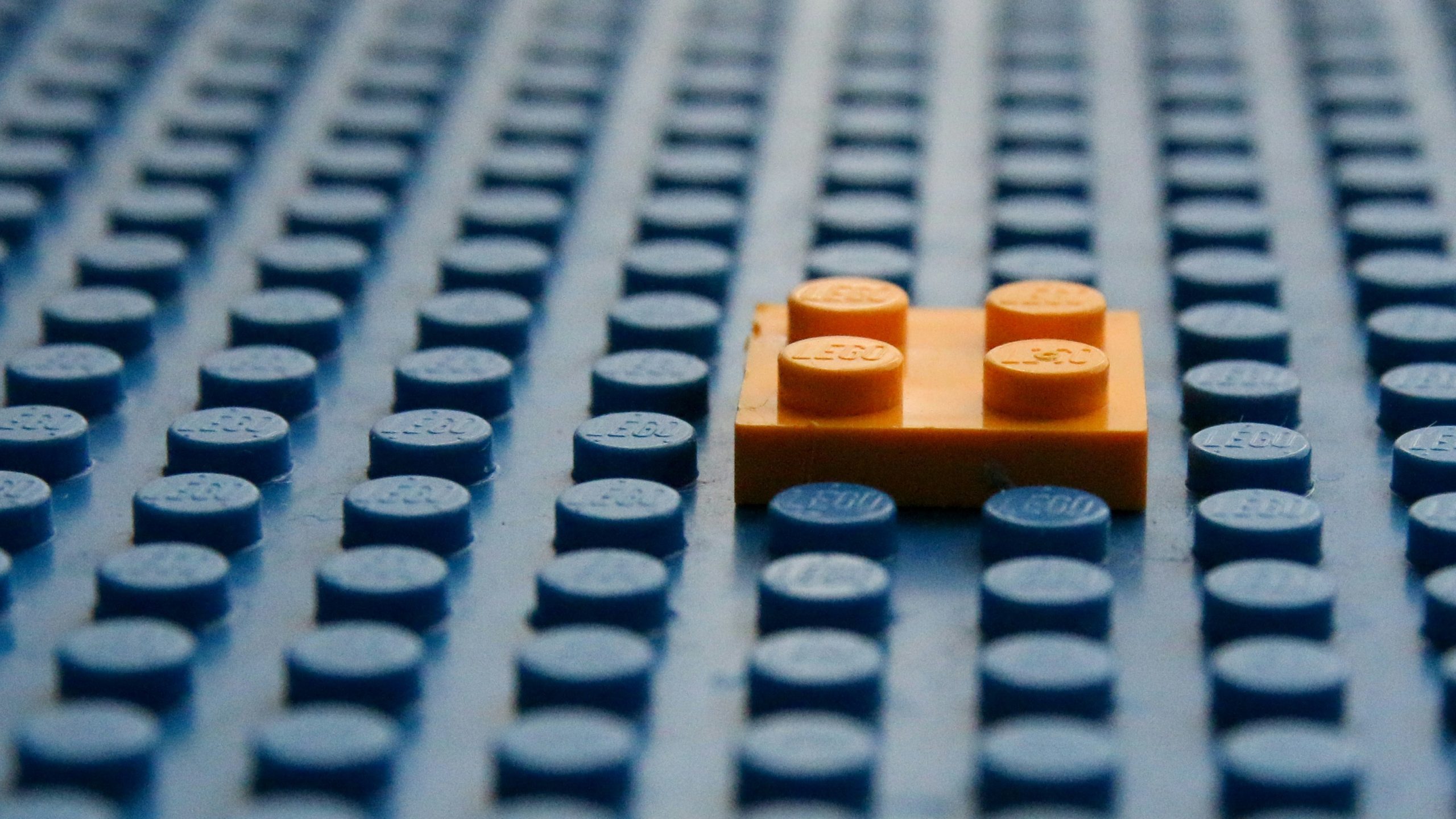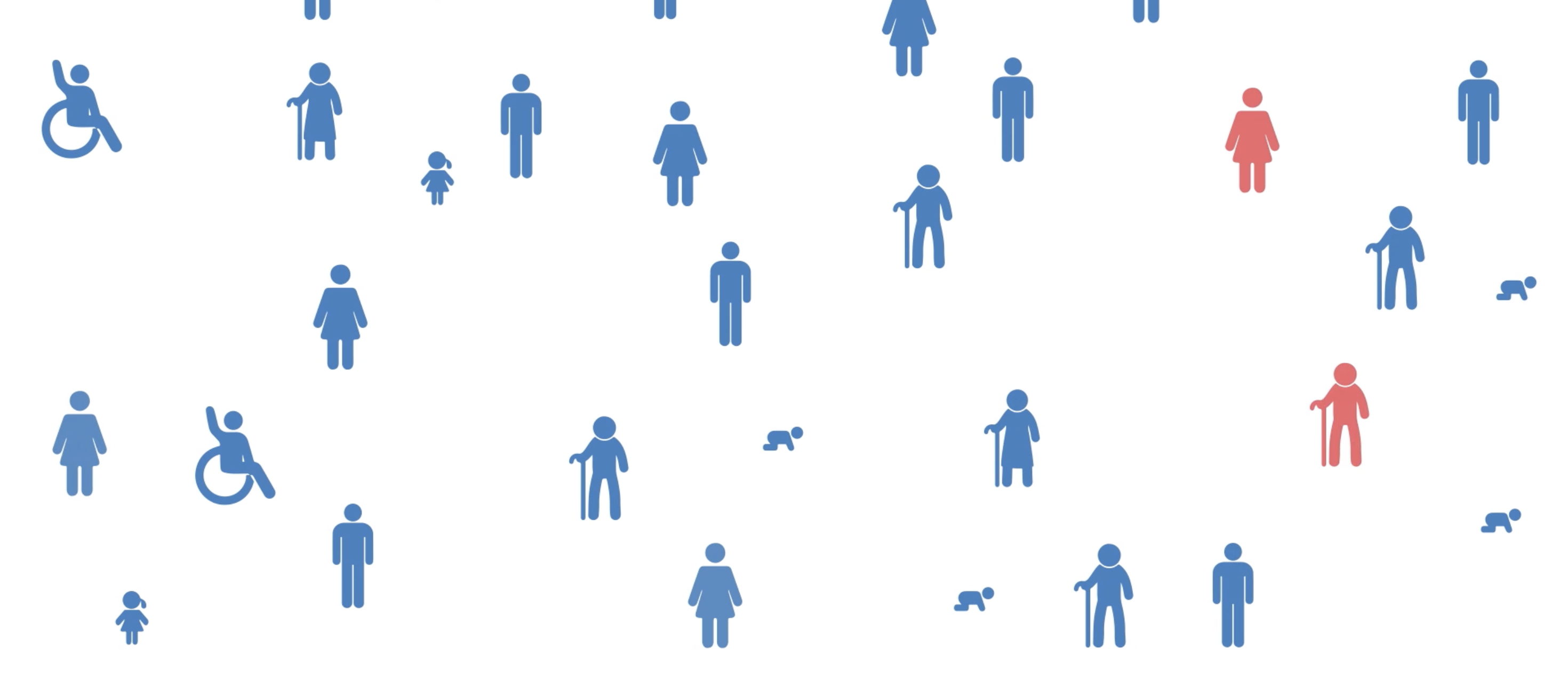

Alana’s story
Alana was taken to the NICU immediately from birth causing a lot of worry to her family. Now, years later, she still has to visit hospital, which sometimes involves a stay. However, this doesn’t stop Alana bringing so much joy to her family. Read all about her journey so far, told by her mum.
In the beginning
I will never forget the day Alana was born, whilst I was in labour Alana went into distress and the atmosphere changed. Healthcare professionals were running around everywhere as they needed to ‘get her out NOW’. This was our first sign that something wasn’t right. Alana was taken to the NICU almost immediately. A neonatal consultant came to talk to me and John, my partner, to tell us that they noticed Alana had dysmorphic features, and they believed she had either Down’s syndrome, Pataus syndrome or Edwards syndrome.
We were devastated as 2 of the conditions would mean she wouldn’t live past infancy. Alana was in the NICU for around 10 days. When we got her home she failed to thrive and lost a lot of weight due to reflux. We would give her a bottle and then have to hold her upright for an hour otherwise she would throw up. At 6 weeks old she started to have seizures, roughly 12 a day. She also suffered with constant urinary infections that at one point moved to her kidneys and she ended up with meningitis.
In the first year
At around 6 months old we went for an appointment with a geneticist and that’s when they told us that they had found she had Borjeson-Forssman-Lehmann syndrome. They did various DNA tests and as she had no duplications or deletions of her chromosomes, they had been coming back ‘normal’. They then tried the 100,000 Genome project, this showed that Alana had a de novo mutation on her X chromosome. As it wasnt hereditary we were told that if we were to have any more children there would be less than 1% chance they would have it.
They also told us at that time (2017) there were only 12 documented cases of girls in the world with that condition, so unfortunately they wouldn’t be able to tell us how it would affect Alana. That was the last time we saw the geneticist.
Next
For the first few years of Alana’s life we had constant hospital appointments with at least 1 appointment a week, as Alana got older and more stable these have thankfully reduced considerably, so she has like one a month these days.
As Alana is not getting sick as often, she is coming on in leaps and bounds. With alana’s condition it has affected most of her organs so they have developed differently from mine and yours, she has a horseshoe kidney and her ureters go very low into her bladder so she has to be intermittently catheterised every 3 or 4 hours throughout the day, Alana literally has a consultant for each of her individual organs other than her heart which is thankfully normal.

Recent years
Alana has a brain malformation that means she struggles with sleep apnea. In 2022 she ended up in intensive care for 6 weeks and they were at the point of giving her a tracheostomy, as when Alana would go to sleep she would close her throat and have to wake up to take a breath, she inevitably got to a point where she was so exhausted that her oxygen levels were reaching as as 70 and her heart rate was going through the roof. This was an extremely difficult time for us all. Thankfully she started to improve and has been fairly stable ever since. Alana is honestly the bravest, happiest little girl I have ever met, she has 2 younger siblings that she adores and that adore her. Last year we were told that we shouldn’t expect Alana to see her 20s which has devastated us as a family, but we refuse to waste any time and try to do as many fun things as we can, and take a page out of Alana’s book. She has taught us to make the most of every day and make the best memories. We have started fundraising to make this happen, and have made a blog page to invite people to follow our journey.
-
3.5
million
people living in the UK with a rare condition
-
< 100
people
in the world diagnosed with Borjeson-Forssman-Lehmann syndrome
Alana’s condition is extremely rare but she is one of the 3.5 million people living with a rare condition in the UK which is 1 out of 17 people so we are not as alone as we sometimes feel.
On wikipedia it states that there has been less than 100 people in the world diagnosed with Borjeson-Forssman-Lehmann syndrome since its discovery in 1962, Alana has been accepted for respite and support from rainbows hospice and this has helped our family tremendously.
Alana is completely dependent on us but she’s found her own way to show us her needs and wants. I have no doubt that Alana will reach any milestone she sets her mind to. She is one determined and beautiful little girl, she is an inspiration to us all and has made us, as a family, better people.

Want to know more?
We have a dedicated page of statistics on rare conditions on our website, including 6 factsheets on a variety of topics.
